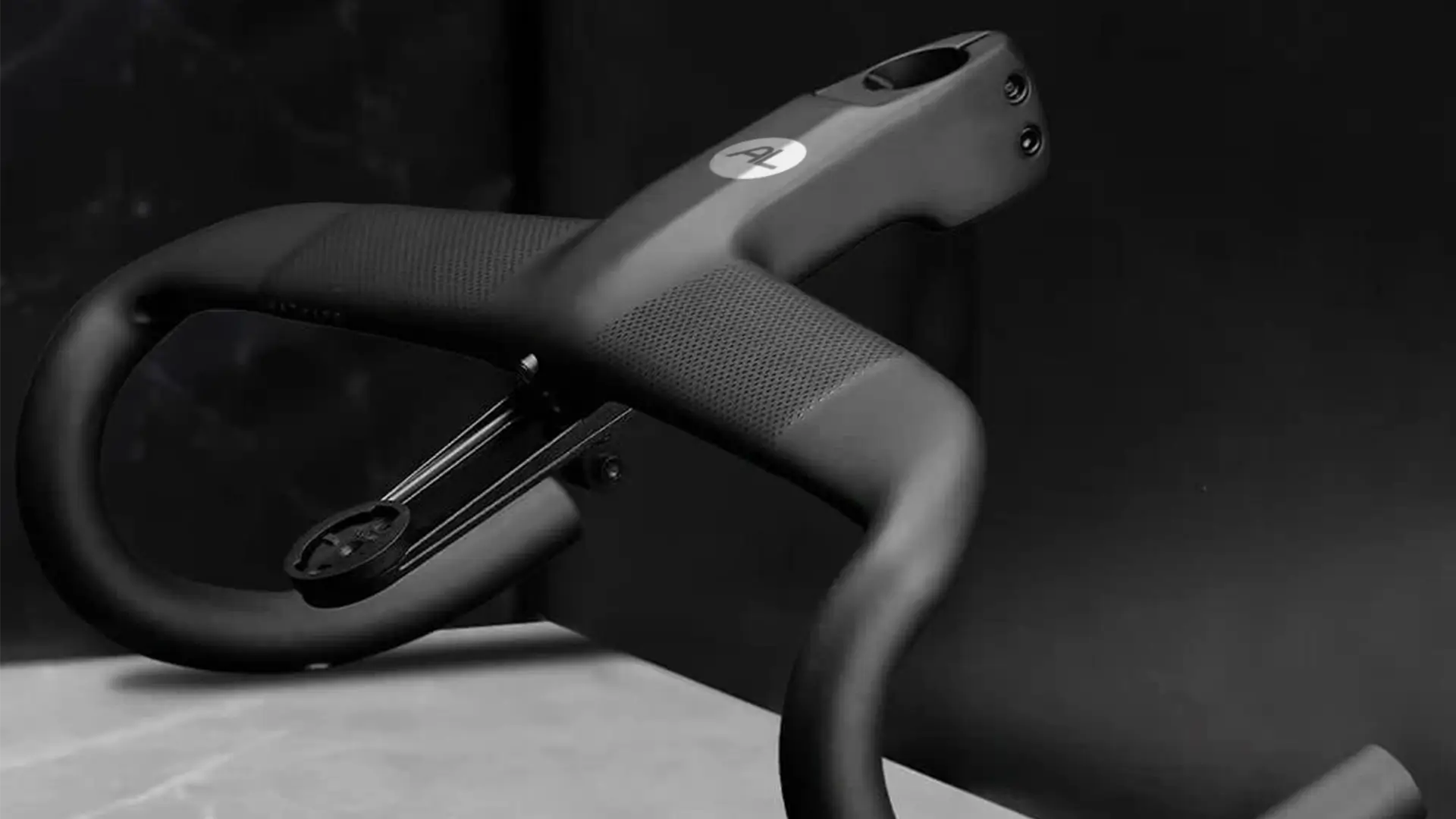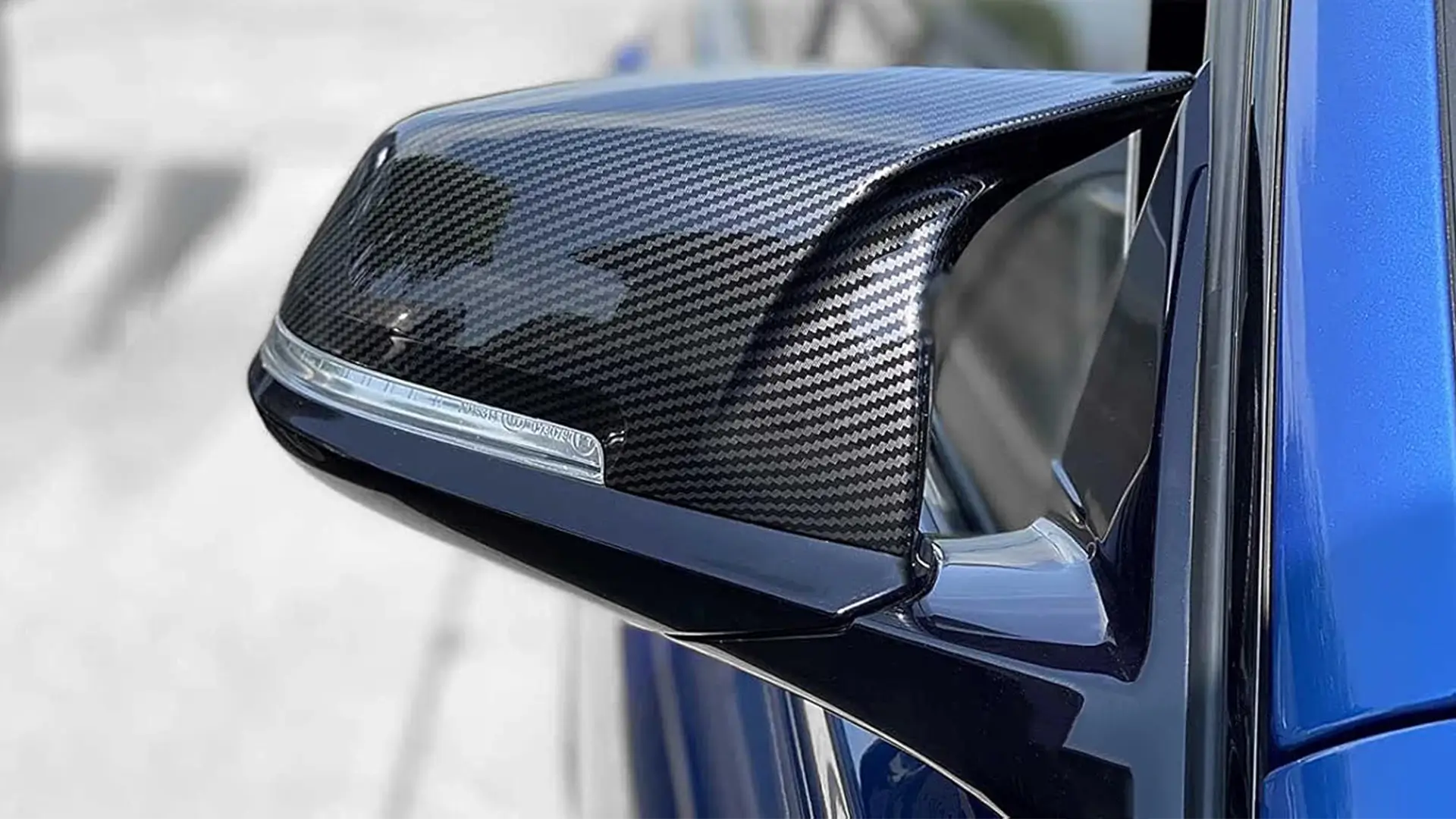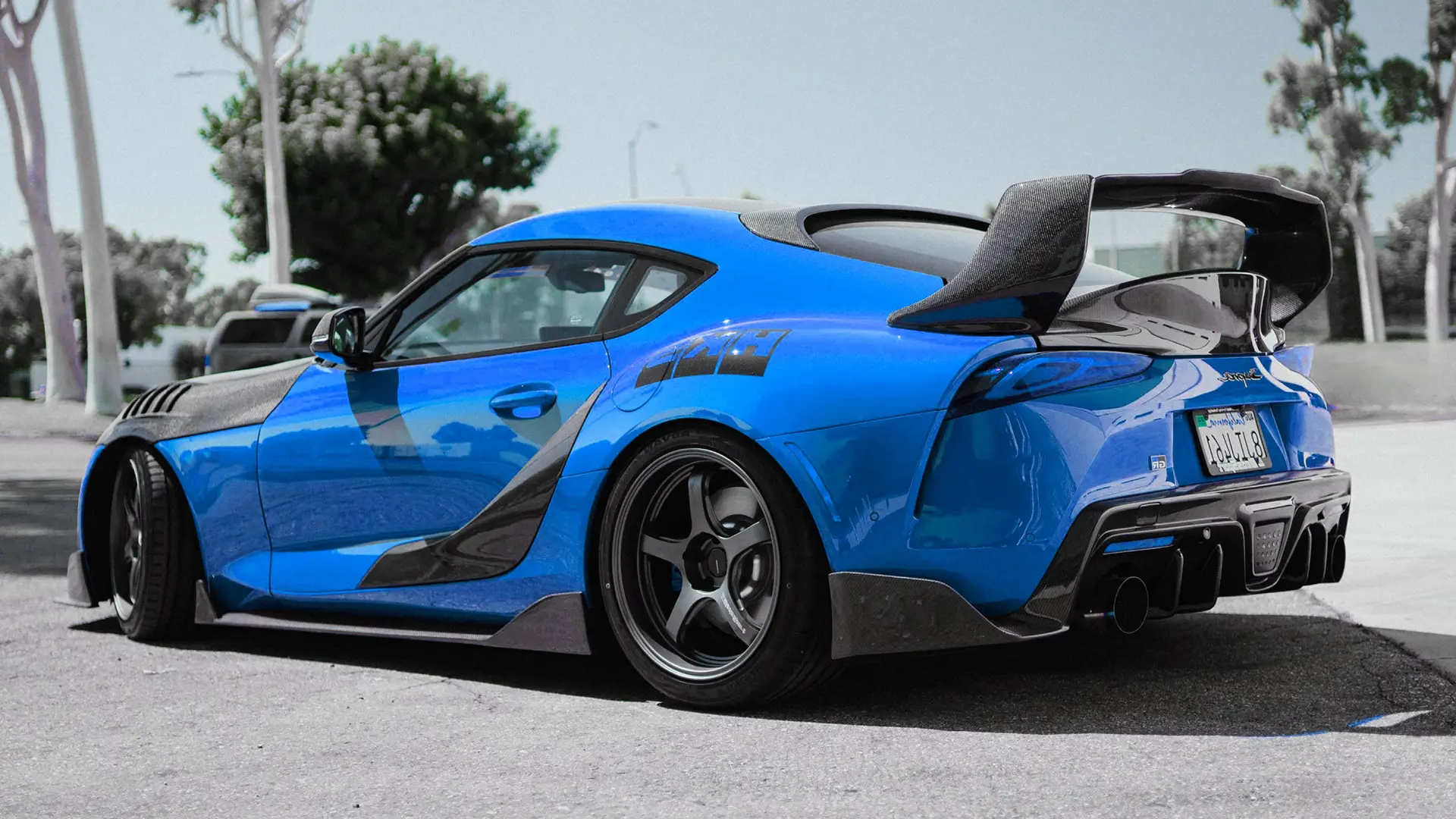Understanding the Carbon Fiber Pultrusion Molding Line
The carbon fiber pultrusion process is a continuous manufacturing method used to create constant cross-section composite profiles. In this process, continuous strands of carbon fiber are pulled through a resin bath and then through a heated die, where the resin cures and solidifies into the desired shape.
The carbon fiber pultrusion molding line is designed to automate this process, providing high-speed, high-volume production of components such as rods, beams, tubes, angles, and channels. These components form the backbone of many structural applications due to their excellent strength-to-weight ratio and dimensional stability.
Detailed Process Breakdown
his production method is ideal for customers seeking consistent quality, high throughput, and strong structural performance. Below is a complete explanation of each unit involved in the carbon fiber pultrusion process.
1. Fiber Supply and Creel Stand
This is the starting point of the entire line.
- Purpose: To hold and unwind multiple spools of carbon fiber rovings or tows.
- Function: Ensures that the carbon fibers are fed smoothly into the production line without tension variations or entanglement.
- Customer Note: The creel layout can be customized depending on the number of fiber bundles needed for product strength and size.
2. Tensioning and Spreading Unit
Before the resin application, fibers pass through a tensioning and spreading system.
- Purpose: Applies controlled tension and spreads the fibers evenly.
- Function: Maintains straight fiber alignment, which is essential for product performance.
- Customer Note: Well-tensioned and evenly distributed fibers increase load-bearing capabilities of the final carbon fiber products.
3. Resin Bath or Injection Chamber
Here, the dry carbon fiber is impregnated with resin.
- Purpose: To thoroughly wet the carbon fibers with thermosetting resin such as epoxy, vinyl ester, or polyester.
- Function: Acts as the matrix in the composite material.
- Customer Note: Resin type impacts chemical resistance, surface finish, and heat tolerance of your final carbon fiber pultrusion product. Choosing the right resin is key to matching your industry’s demands.
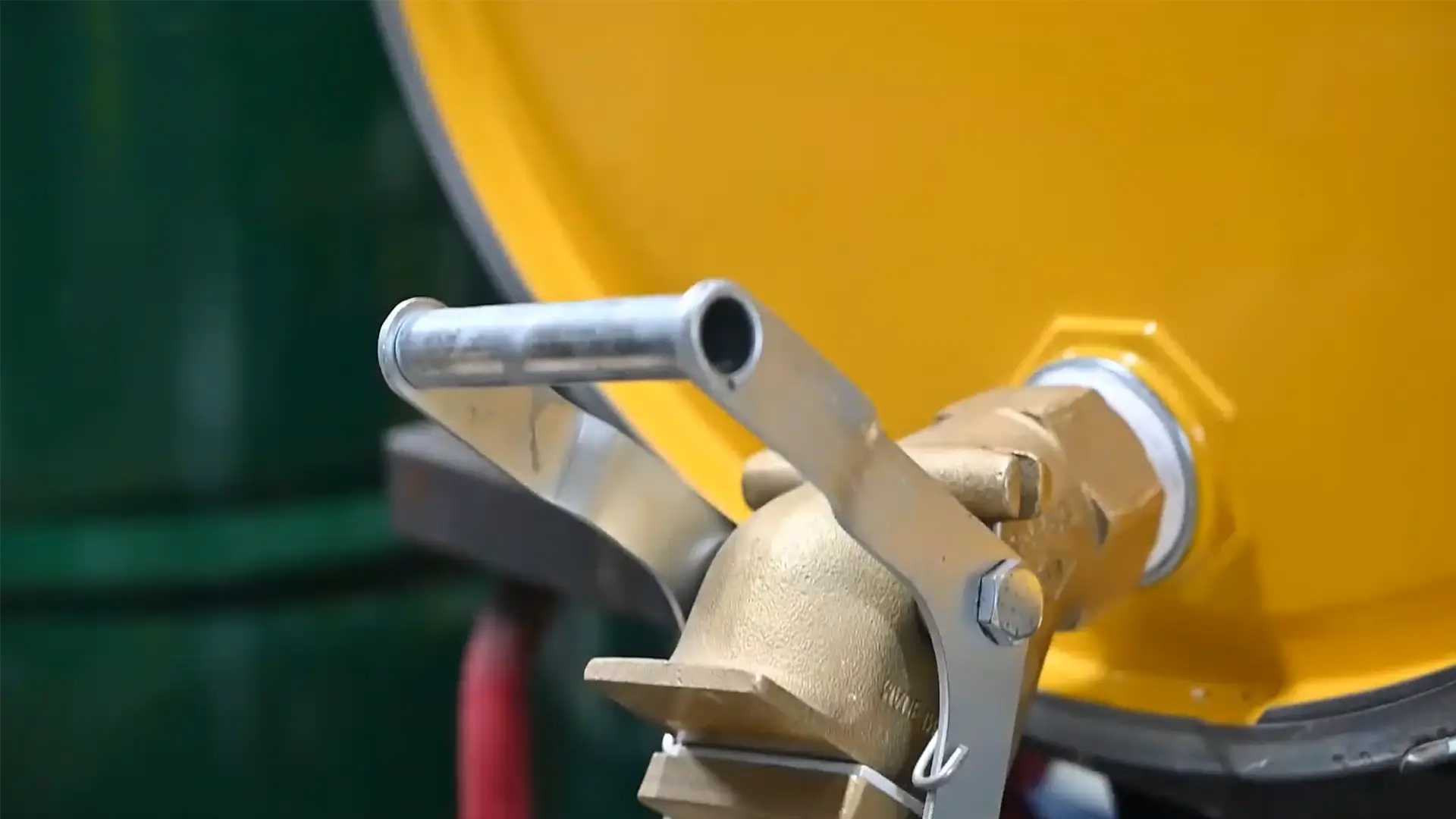
4. Pre-Forming Guide System
The wet-out fibers then enter a pre-forming station.
- Purpose: Shapes the resin-impregnated fiber bundles into the desired preliminary geometry.
- Function: Ensures correct orientation and compactness before final molding.
- Customer Note: This step is especially important for maintaining the structural consistency of long profiles like strips, rods, or channels.
5. Heated Pultrusion Die
The heart of the carbon fiber pultrusion process lies in this station.
- Purpose: Shapes and thermally cures the composite to its final form.
- Function: Applies controlled temperature and pressure to solidify the resin around the fibers.
- Customer Note: Die design directly determines the profile shape. It is fully customizable to your application—whether for automotive structural supports or industrial stiffeners.
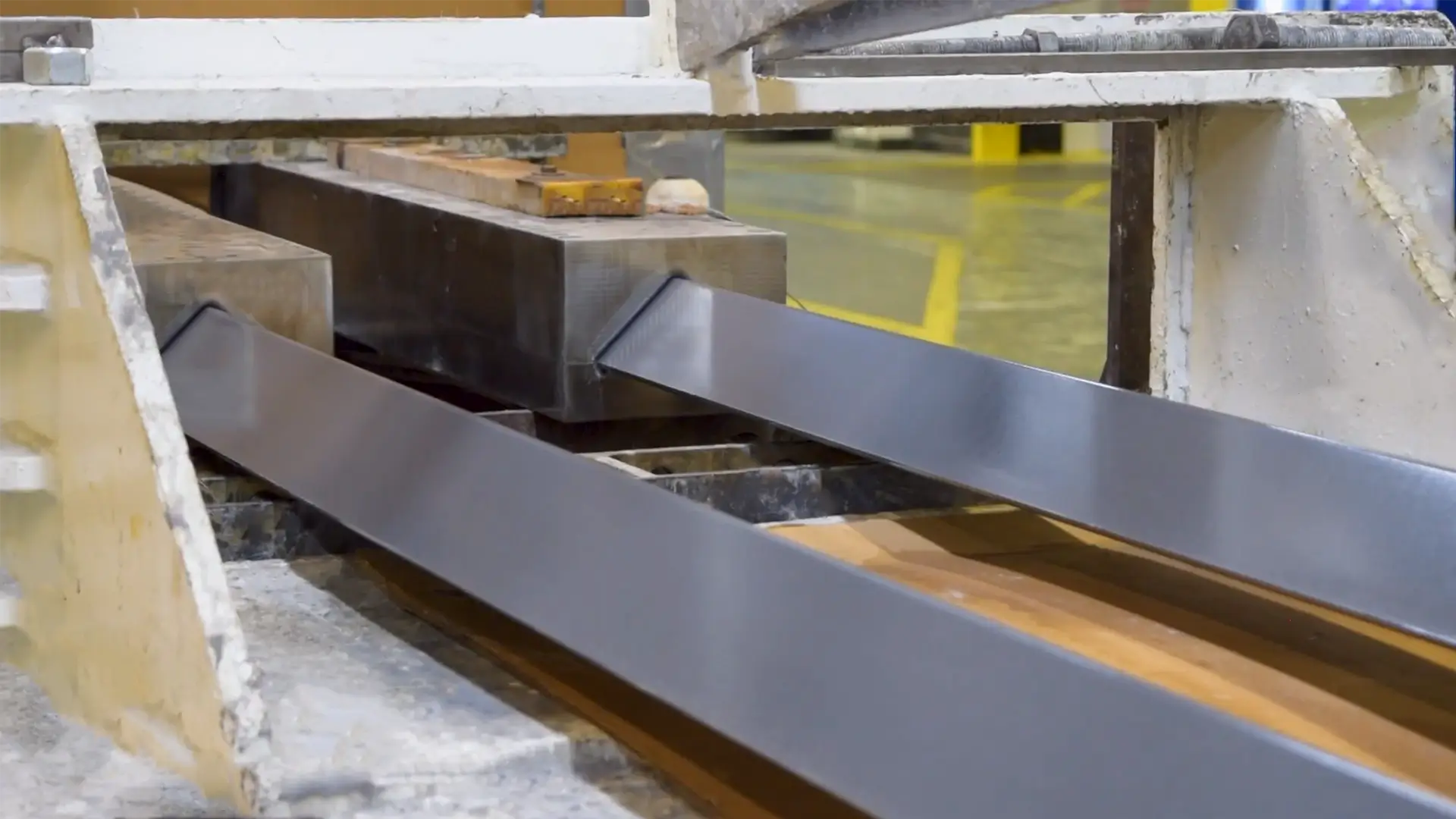
6. Pulling Mechanism
This unit draws the composite through the die at a constant speed.
- Purpose: Provides continuous movement and ensures dimensional stability.
- Function: Grips and pulls the cured part without slippage.
- Customer Note: For high-volume production, this system can be adapted to match different line speeds without compromising product quality.
7. Saw Cutting or Abrasive Cutting Station
The cured profile is then cut to length.
- Purpose: Divides the continuous product into usable lengths based on order specifications.
- Function: Uses high-speed saws or abrasive discs depending on material hardness.
- Customer Note: Length tolerance can be adjusted to meet customer-specific requirements. Precise cutting reduces waste and improves assembly efficiency.
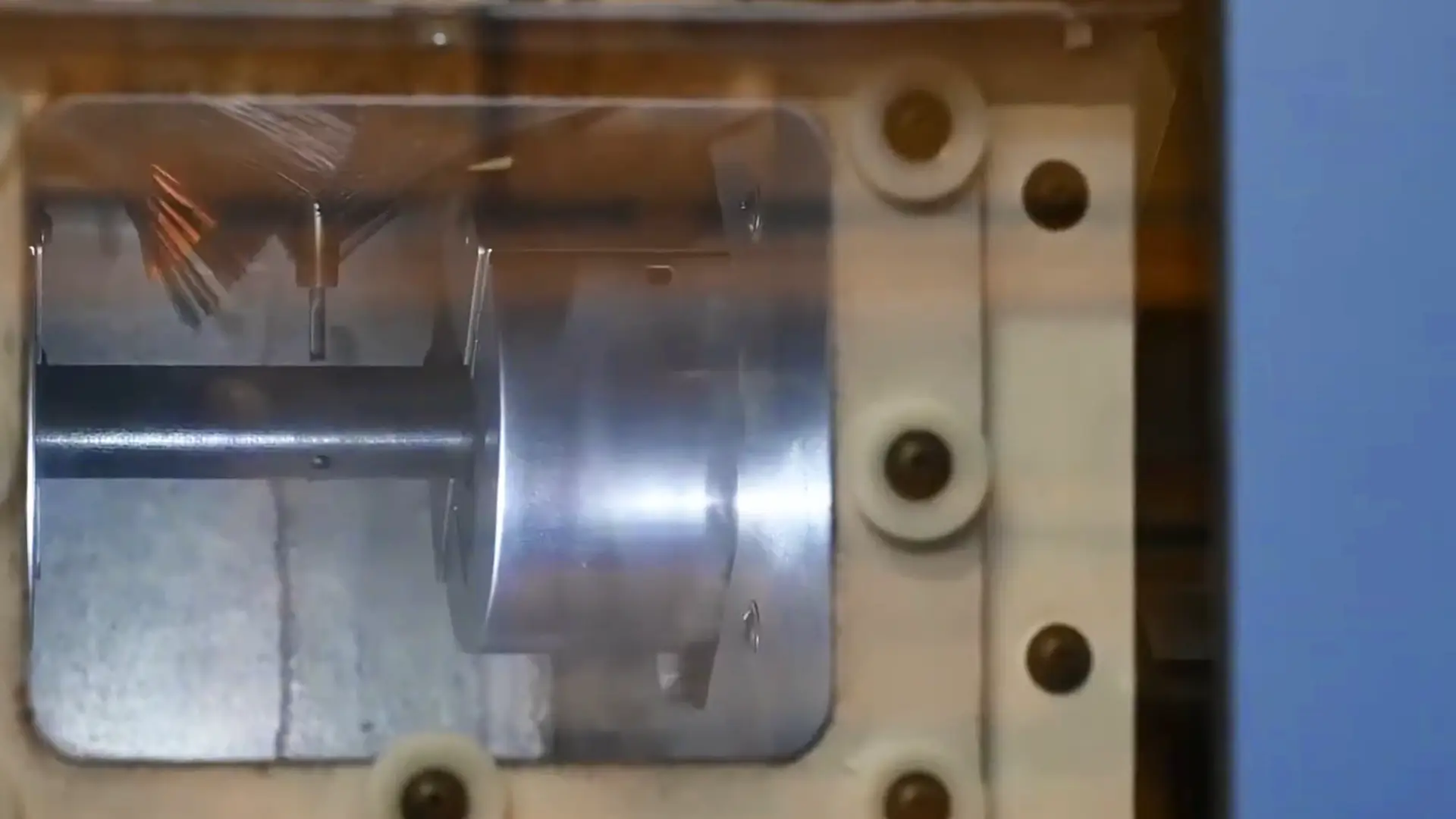
8. Collection, Inspection, and Packaging Station
Final profiles are collected, inspected, and prepared for shipment.
- Purpose: Final quality check and packaging of the finished carbon fiber products.
- Function: Verifies dimensional accuracy, surface condition, and consistency.
- Customer Note: Profiles can be labeled, protected with films, or bundled per your specific packaging request for storage or logistics.
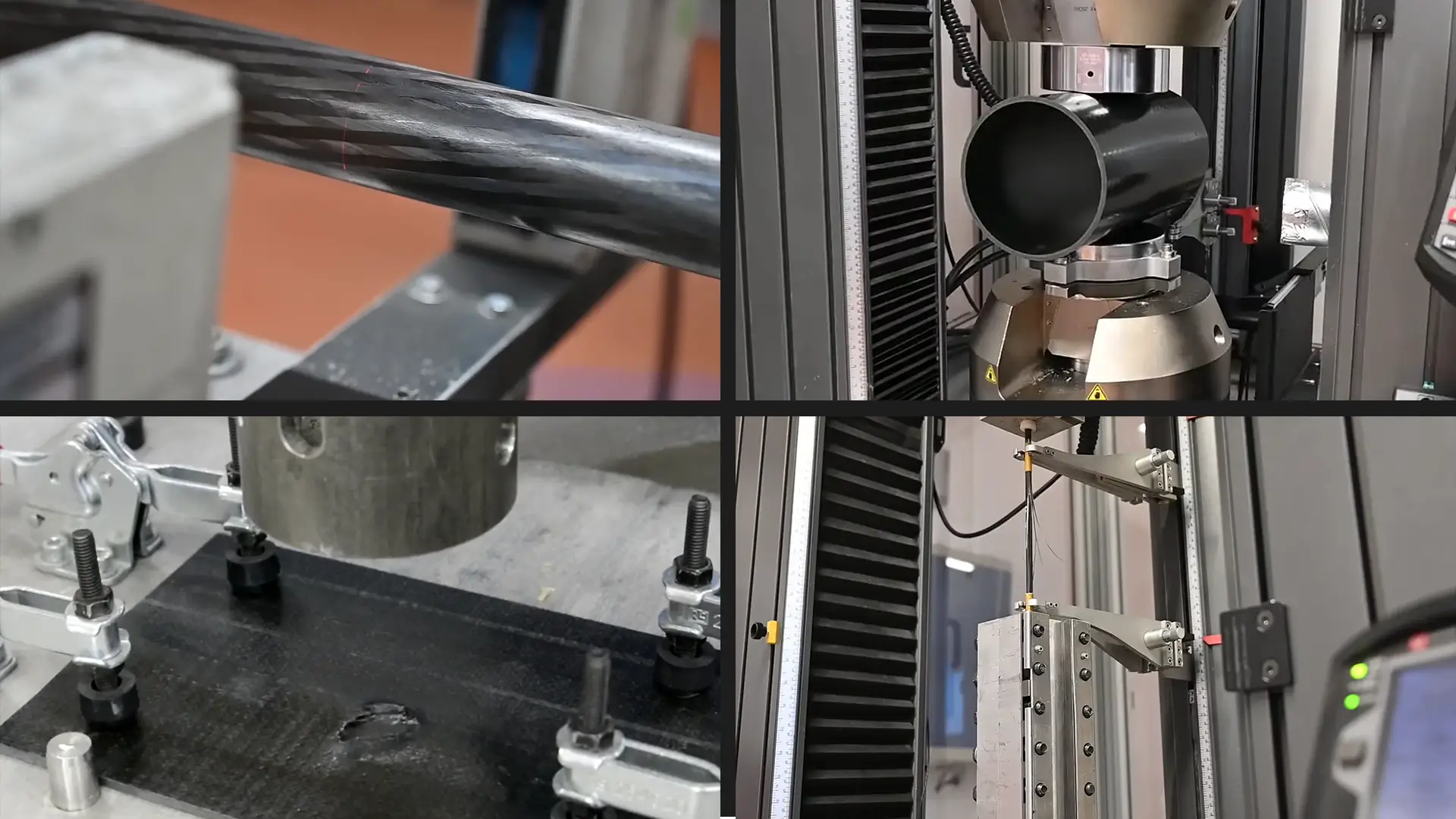
Flow Table: Carbon Fiber Pultrusion Process Units
| Process Unit | Description | Value to Customer |
|---|---|---|
| Fiber Supply (Creel Stand) | Holds carbon fiber spools for feeding | Customizes strength and fiber volume |
| Tensioning/Spreading | Aligns fibers evenly under tension | Maximizes mechanical performance |
| Resin Application | Impregnates fibers with chosen resin | Tailors product characteristics (strength, durability) |
| Pre-Forming Station | Pre-shapes the fiber-resin bundle | Ensures smooth and void-free curing |
| Heated Pultrusion Die | Shapes and cures the product profile | Defines final geometry with thermal stability |
| Pulling Unit | Continuously pulls product through the line | Supports steady output and high efficiency |
| Cutting Station | Cuts to specific product lengths | Ensures exact sizing and compatibility |
| Inspection/Packaging | Final quality check and wrapping | Guarantees clean, defect-free carbon fiber products |
Each unit can be fine-tuned to meet project-specific performance targets such as weight-to-strength ratio, corrosion resistance, thermal properties, or aesthetic surface finishes. If your company is planning to scale up the production or explore new profiles, our engineering team at Alizn can support the custom configuration of your pultrusion line and help develop advanced carbon fiber solutions.
Core Components of a Carbon Fiber Pultrusion Line
Alizn carbon fiber pultrusion molding line consists of several key elements working in sync:
| Component | Function |
|---|---|
| Fiber Creel System | Holds spools of continuous carbon fiber rovings. |
| Fiber Guiding System | Aligns and directs fibers into the resin bath. |
| Resin Impregnation Bath | Ensures complete saturation of fibers with resin. |
| Preformer Station | Shapes the saturated fibers before entering the heated die. |
| Heated Pultrusion Die | Cures the resin and forms the composite into the final shape. |
| Puller System | Continuously pulls the composite material through the die. |
| Cut-off Saw or Cutter | Cuts the pultruded part to required lengths. |
| Control and Monitoring Unit | Oversees the process for quality and consistency. |
Materials Used in Carbon Fiber Pultrusion
Carbon fiber pultrusion uses a combination of continuous carbon fiber reinforcements and thermosetting resin systems. The choice of resin system depends on the application requirements such as temperature resistance, mechanical performance, and environmental exposure.
| Material Component | Options | Function |
|---|---|---|
| Fiber Reinforcements | PAN-based carbon fiber, pitch carbon fiber | Provides strength and stiffness. |
| Resin Matrix | Epoxy, Vinyl Ester, Polyester, Polyurethane | Binds fibers and provides thermal/chemical stability. |
| Additives | UV stabilizers, flame retardants, colorants | Enhances specific performance features. |
For clients with special applications, customized resin-fiber combinations can be developed during the design consultation phase.
Carbon Fiber Products Made with Pultrusion
The carbon fiber pultrusion process is ideal for producing a variety of carbon fiber products with uniform cross-sections. These include:
- Flat bars
- Tubes (round, square, oval)
- Channels (U-shaped, C-shaped)
- I-beams
- L-angles
- Rods
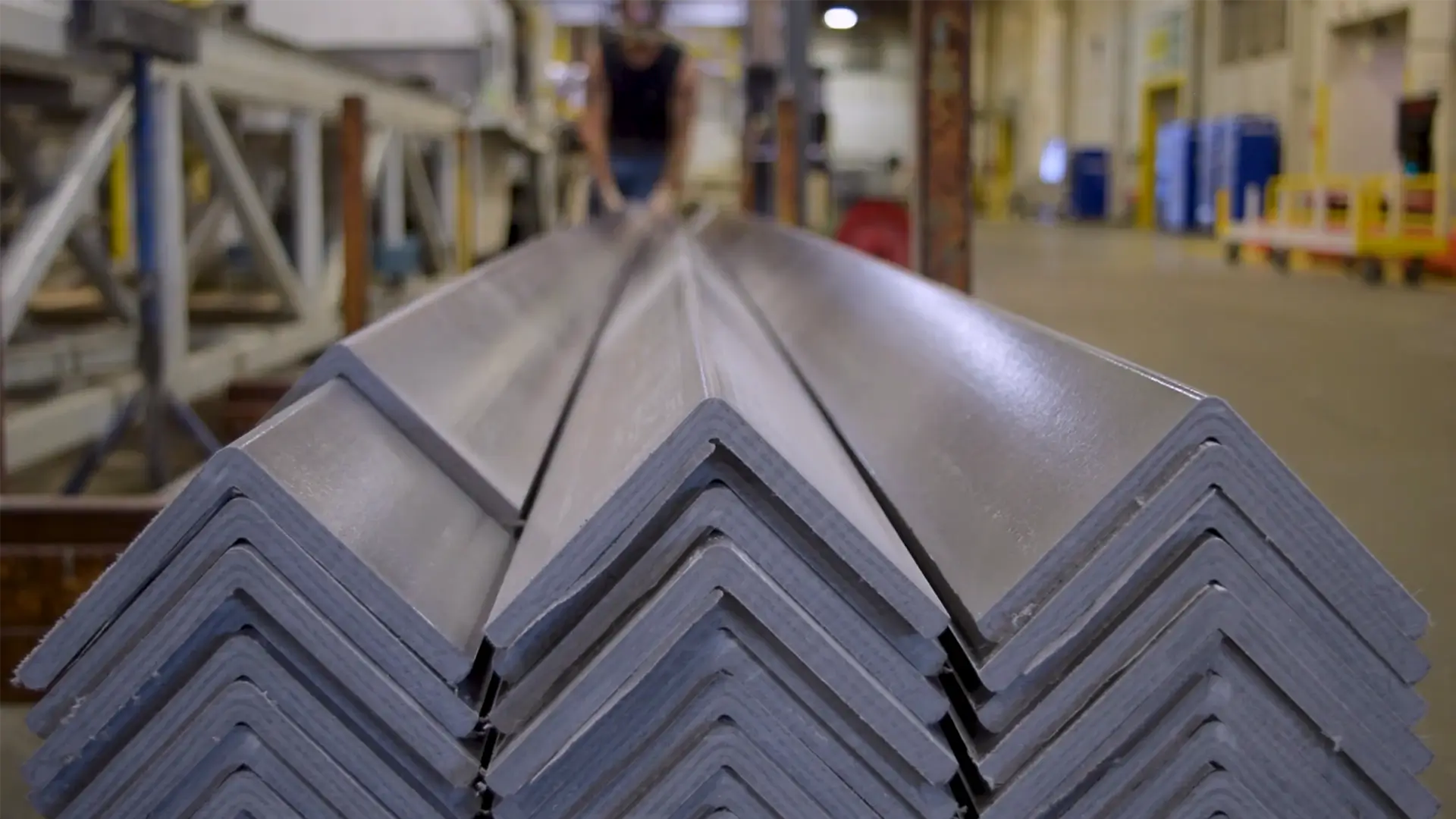
These carbon fiber products serve diverse sectors where high strength, low weight, and corrosion resistance are critical.
| Industry | Common Applications |
|---|---|
| Aerospace | Support struts, lightweight frames, antennas, satellite deployment booms, sensor housings |
| Automotive | Side-impact beams, body reinforcements, battery trays, bumper reinforcements, seat frames |
| Construction | Concrete reinforcement bars, ladders, bridge components, window profiles, rebar grids |
| Marine | Hull reinforcements, structural supports, sail battens, deck grates, walkways |
| Electrical | Cable trays, circuit board brackets, insulating tools, transformer supports, grounding rods |
| Wind Energy | Structural elements of wind turbine blades and nacelles, tower stiffeners, cable supports |
| Sporting Goods | Archery bows, paddle shafts, composite handles, ski poles, hockey stick shafts |
Performance Advantages of Carbon Fiber Pultrusion Products
Carbon fiber pultrusion results in products with several superior performance attributes compared to other materials and methods. From a customer perspective, these properties directly translate to lower maintenance costs, increased durability, and better lifecycle performance.
| Performance Attribute | Description |
|---|---|
| High Tensile Strength | Ideal for load-bearing applications in construction and infrastructure. |
| Lightweight | Offers significant weight savings over steel and aluminum. |
| Dimensional Stability | Retains shape and mechanical properties under heat and stress. |
| Corrosion and Chemical Resistance | Suitable for marine, chemical, and outdoor environments. |
| Electrical Insulation | Non-conductive, suitable for electric and electronic applications. |
Customization Options for Carbon Fiber Pultrusion
Customers interested in custom carbon fiber products can collaborate with manufacturers to design pultruded profiles that match specific performance and geometric requirements. Customization options include:
- Shape and cross-sectional geometry
- Wall thickness and reinforcement levels
- Resin type (for temperature, fire, or chemical resistance)
- Fiber orientation for tailored mechanical properties
- Pre-drilled or machined post-processing features
With these flexible parameters, industries can develop application-specific solutions using carbon fiber pultrusion.
FAQs
- What are the lead times for custom carbon fiber pultruded products?
Lead times vary by project size and customization level, typically ranging from 2 to 6 weeks. - Can I order small batch custom profiles?
Yes, though pultrusion is best for high volumes, small runs are possible with flexible tooling. - How do I choose the right resin system for my carbon fiber products?
Resin selection depends on temperature, chemical exposure, and strength requirements. Our team helps guide this decision. - Is there a limit to the profile length?
Pultrusion can produce profiles of virtually unlimited length, limited only by shipping constraints. - Can pultruded products be post-processed?
Yes. Drilling, cutting, and surface finishing are available as value-added services. - Can I specify the fiber orientation in pultruded parts?
Yes, unidirectional or multi-axial orientation can be engineered based on structural needs. - Can custom colors or surface finishes be applied?
Custom colors and surface textures can be integrated during or after production. - Is it possible to add embedded elements into pultruded carbon fiber products?
Yes, embedded sensors or inserts can be added depending on application and design. - Can I work directly with your engineers during development?
Absolutely. We offer collaborative design engineering to ensure your product meets all requirements.
Final Thoughts
As composite material experts, we are willing to provide you with critical assistance. The correct judgment now avoids cost overruns, delays, and disappointing results later.
Need advice on your custom carbon fiber part? Reach out to our team for expert guidance.

